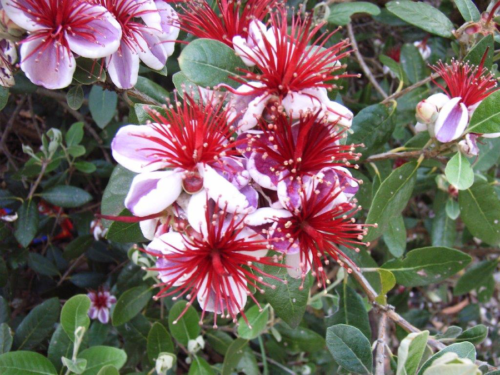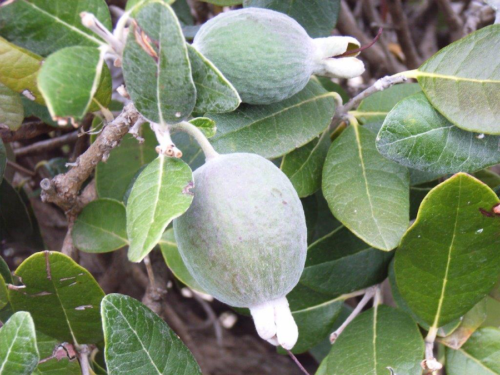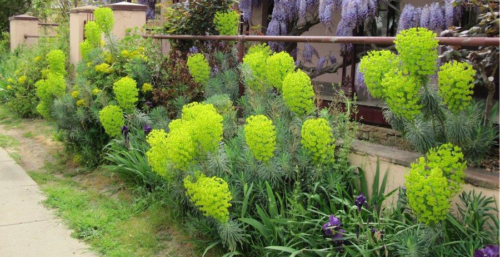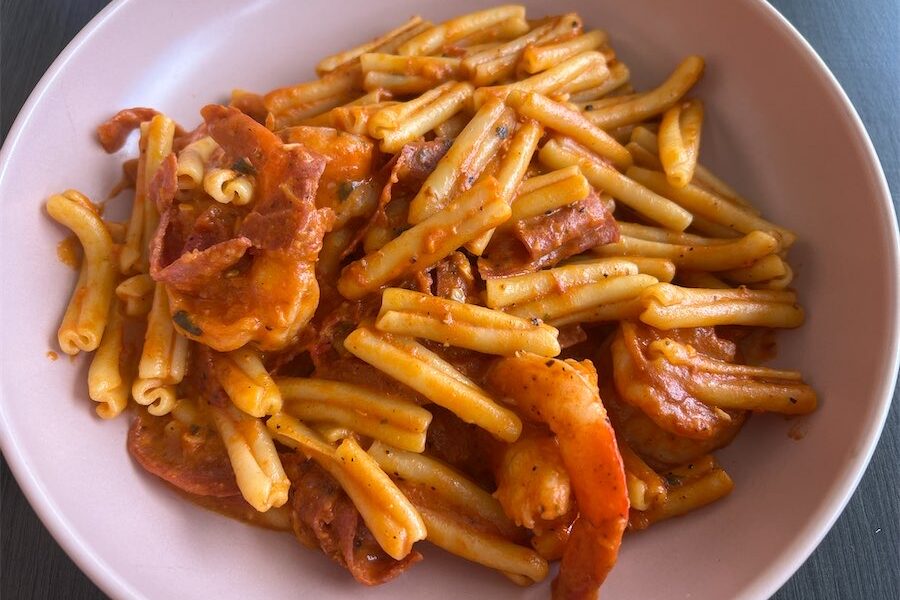
Gardening writer CEDRIC BRYANT says feijoa makes an excellent evergreen hedge.
FEIJOA makes an excellent evergreen hedge and when in flower, is possibly one of the best flowering hedges in existence! The bright red and white flowers are simply stunning.

Its proper name is Feijoa sellowiana but is known as pineapple guava, a fascinating name for a plant that has no relationship to guavas. The green fluffy skin of the feijoa fruit belies the delicious flesh inside, which can be scooped out and eaten as is, or added as a topping to ice cream. It’s good for us too, providing 40 per cent of the daily requirement of vitamin C when eaten fresh.
There are 25 varieties of feijoa, which originates from Brazil and other South American countries and can also be grown as a stand-alone shrub. I simply cannot understand why this super, multi-purpose plant is not more widely grown.

CITRUS planting time is now and for those with a sunny balcony, I suggest growing cumquats, sometimes spelled kumquats. They have a rather tart flavour but are delicious as brandied cumquats, the liqueur making a perfect drink on a cold winter’s night. The fruit also makes a superb marmalade. Two of the best-known varieties are “Nagami” and “Marumi”. I love growing cumquats in a large terracotta pot, for the appearance alone of the bright orange fruit against the dark green leaves, appearing mainly in winter to spring. I would suggest a pot of at least 45-50 centimetres in diameter. Alternatively, they can be grown in the ground, as long as they’re planted in a sunny spot with good drainage.
WITH the tragic bushfires still burning in some areas, I recommend the book “Essential Bushfire Safety Tips” for every household. Written by journalist Joan Webster, who was awarded the Order of Australia for raising awareness of bushfire safety, and with a foreword by Phil Cheney, former director of CSIRO National Bushfire Research Unit, the book provides accurate information in a clear, accessible way. In addition, the ACT government’s booklet “Bushfire Survival Plan – Prepare Your Home, Prepare Your Family” should be distributed to every household in Canberra. As we know from our fires, every town and country area is bushfire prone.

A WARNING about Euphorbia wulfenii of the Spurge family, which has a highly irritant sap. Make sure to wear leather or rubber gloves when pruning or handling the plant – not cotton, as the sap will just go through. It can cause severe skin problems, as an acquaintance of mine, Ernie, found out when he was clearing his garden of these plants. He was wearing gloves and thought he had thoroughly washed his hands, but then scratched an itchy eye, which started to swell so much that he could not see out of it. It eventually settled down after being thoroughly rinsed. Euphorbia wulfenii seeds profusely and can take over a garden, but there are many varieties that do not seed.
DON’T overwater tomatoes – once a week is plenty! Make an earthen dam around the plant big enough to hold a nine-litre bucket of water. Add Maxicrop organic liquid seaweed to the water to promote strong root growth. As an aside, I recently planted my Roma, Apollo and cherry tomatoes, and the very next morning it was minus-one! We just never know in Canberra.
LOOKING for a small flowering hedge as an alternative to box? Check out Polygala Little Bibi, with its purple, pea-like flowers all spring and summer. It’s heat and frost hardy, growing into a natural rounded shape to about one metre by one metre.
Who can be trusted?
In a world of spin and confusion, there’s never been a more important time to support independent journalism in Canberra.
If you trust our work online and want to enforce the power of independent voices, I invite you to make a small contribution.
Every dollar of support is invested back into our journalism to help keep citynews.com.au strong and free.
Thank you,
Ian Meikle, editor








Leave a Reply